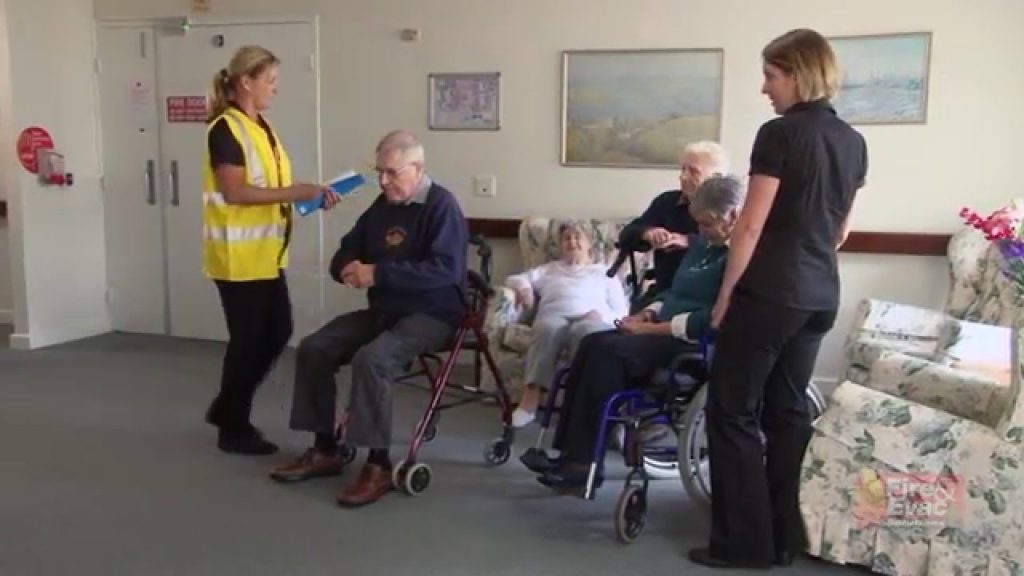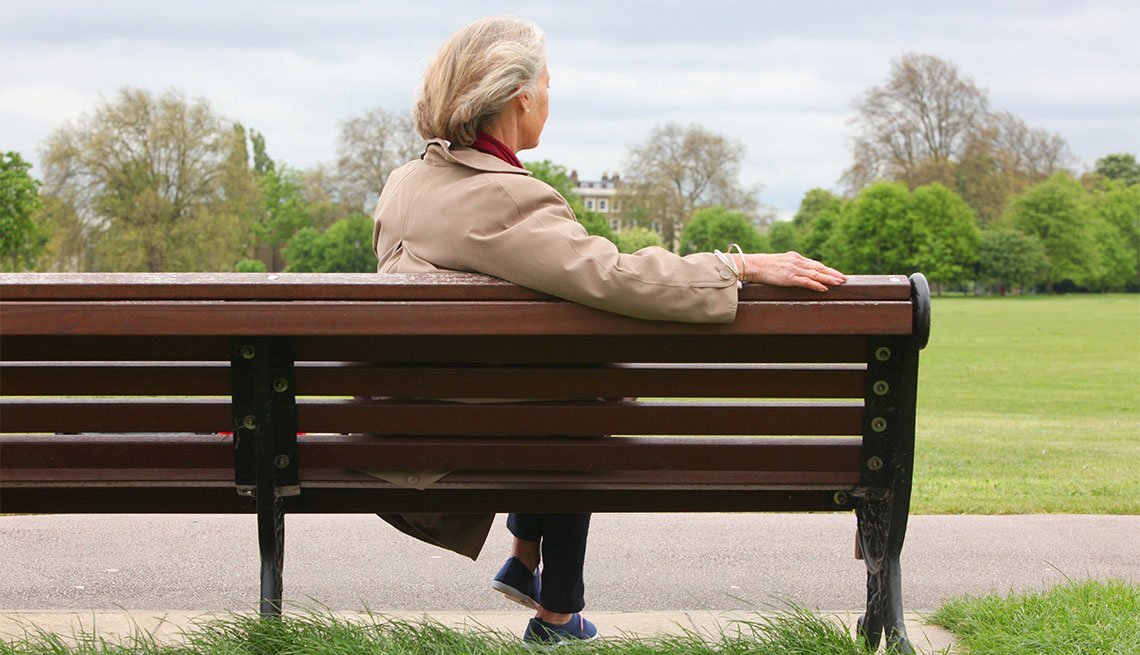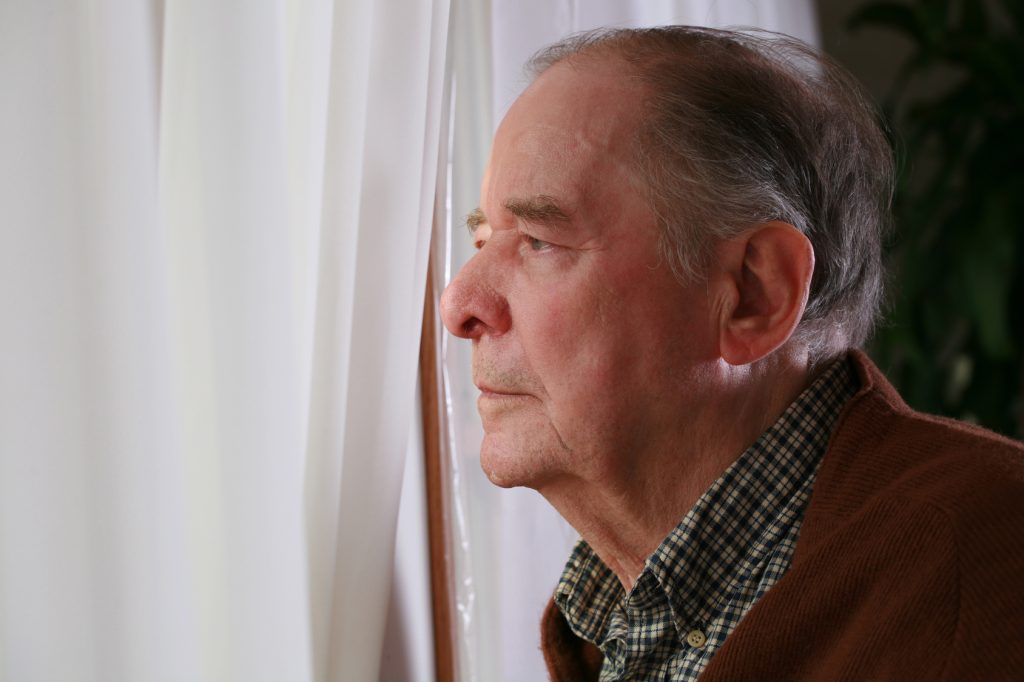Food Intolerance: Most Effective Treatment Options
Therapies to treat eating disorders may vary based on the degree of your symptoms as well as the kind of disorder you’re suffering from. This article will look at the various types of treatment and programs for therapeutic treatment available for people suffering from eating disorders.
What are eating disorders?
Eating disorders can be an extremely serious and life-threatening mental disorder. They are defined by an excessive concern with weight and food.
There are three primary kinds that are eating disorders. They include anorexia or bulimia nervosa. They also have eating disorders that cause binge eating. People suffering from eating disorders typically have a negative view of their bodies, and are prone to seeing themselves as obese when they’re not.
View this post on Instagram
Disorders of eating can cause serious health issues, such as intoxication, organ damage and even death. However, with proper treatment many individuals suffering from eating disorders can overcome their issues and lead a healthy life.
Different types of eating disorders
There are many eating disorders that a person could be suffering from. The most prevalent forms of eating disorders include anorexia, bulimia and binge-eating disorder.
Anorexia nervosa can be described as the condition in which a person has a severe anxiety about gaining weight and drastically restricts the quantity of food they consume. This can result in severe loss of weight and malnutrition. It is an individual who is regularly engaged in binge eating, which is with compensatory behavior, like self-inducing vomiting or exercising too much. Binge-eating disorders are defined as when a person eats regularly huge amounts of food over short periods of time. This is followed by feelings of shame or guilt.

If someone in your life struggles in an eating disorder, it’s vital to seek help from a professional. There are many Alsana in St. Louis treatments available based on the degree that the problem is. Treatment options include group therapy, individual therapy, medication, or hospitalization.
Aspects and Signs of an eating disorder
There are many various eating disorders each having specific symptoms and signs. There are however some general warning signs that could suggest that someone has an eating disorder. These include:
Extreme weight loss
Food – obsession with body and food
Obsessive counting calories or a strict diet
– excessive exercise
The binge eating is that is followed by the purge (via vomiting, using laxatives or extreme fasting)
Stress or anxiety that is extreme during meal times
– avoiding social occasions that may involve food
– yo-yo dieting
If you spot one of the warning symptoms in yourself or somebody you’ve met, you need to seek help from a professional. Disorders of eating can be risky and life-threatening, which is why prompt intervention is vital.
Treatment Strategies for eating Disorders
There are many treatment options available to people suffering with eating disorder. Most important to do is seek out professional assistance as quickly as is possible. Here are some options for treatment:
1. Psychotherapy is a form of therapy which helps individuals to get to grips with and manage the emotional and behavioral issues that lead to eating disorders.
2. Nutrition therapy: It focuses on helping individuals develop an appropriate relationship with nutrition and food. It is administered by a Registered Dietitian (RD) or another qualified health professionals.
3. Medical attention is essential for those suffering from eating disorders as they could require constant surveillance in order to treat any medical issues due to their disorder.
4. Hospitalization: In certain instances it is necessary to be admitted to hospital to ensure 24-hour monitoring and assistance. This is usually reserved for people suffering from severe eating disorders that are at risk of serious health problems or death.
5. Residential treatment for those who require more intense treatment than is available as outpatients Residential treatment programs provide the highest quality of treatment in a protected and secure environment.
Conclusion
If you’re suffering from or are suffering from an eating disorder remember that you’re not on your own and that there are treatments that can help you recover.read this review about Alsana St. Louis The first step is to seek out professional assistance to begin the journey to recovery. If you are treated properly you will be able to over come your eating disorder and lead a an enjoyable and healthy lifestyle.














